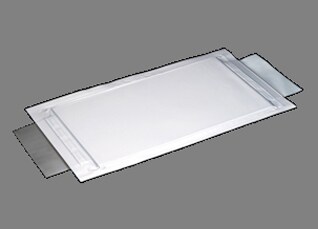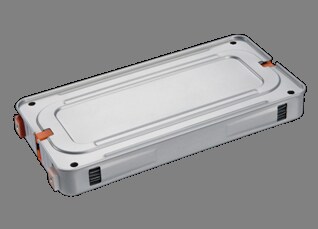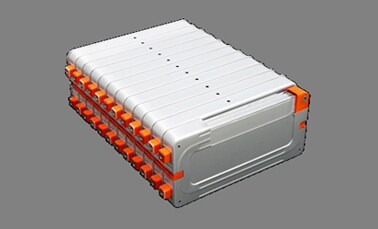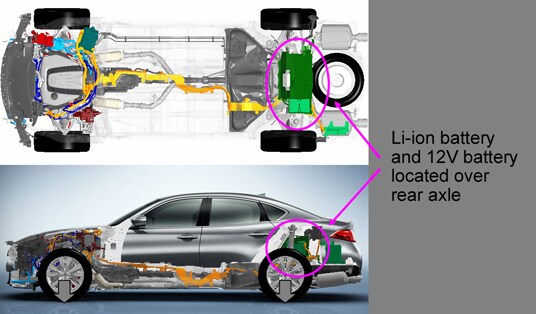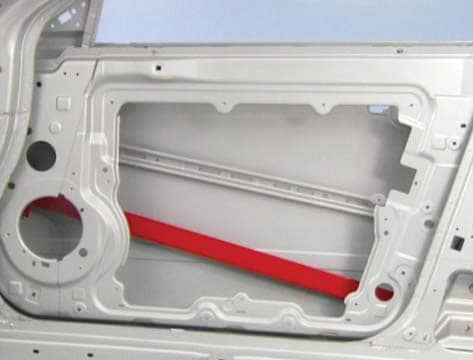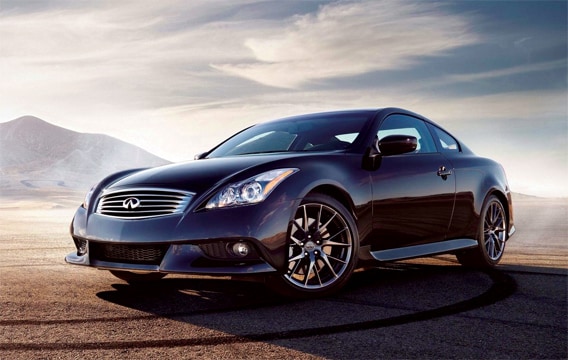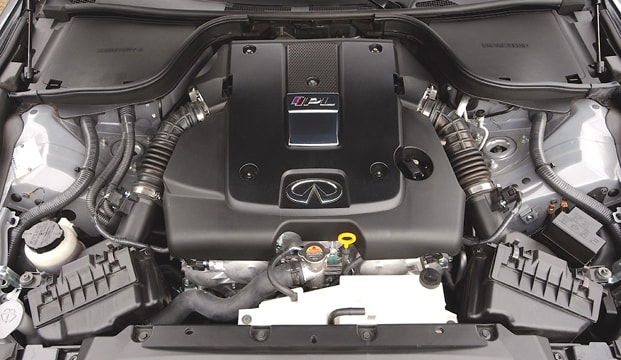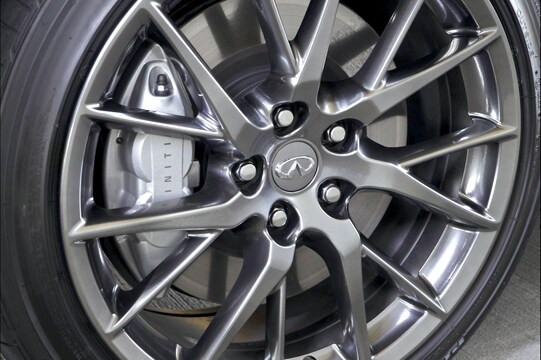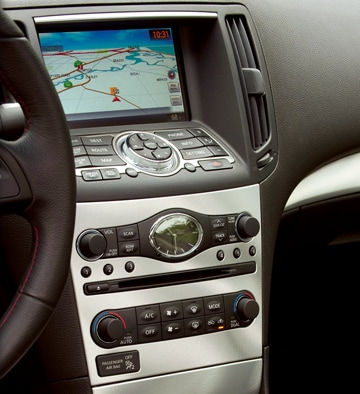Restraint
systems are the fundamental features that help protect occupants in the event
of an accident. Important restraint system components to understand include:
Seat
Belts
The
primary restraint system in every vehicle is the seat belt system. Using seat
belts is the most effective way you can reduce the likelihood of making
contact with interior components or being ejected from the vehicle in the event
of a crash.
3-Point Seat Belts
For
decades, all motor vehicles have used some form of restraint system to reduce
the likelihood of ejection and occupant contact with interior components. Many
years ago, the only type of seat belt required was the lap belt; but in 1974,
lap and shoulder belts became required by law for front outboard seat
occupants. Lap and shoulder belts are referred to as 3-point belts because the
restraint system is anchored to the vehicle in three places.
There
is overwhelming data that support the fact that the best single protection
device throughout the range of all possible collisions is the seat belt
restraint system. In spite of the proven effectiveness of seat belts in
reducing death and injury in automobile crashes, many Americans have been
reluctant to "buckle up." As a result, all passenger cars sold in the U.S. must
be supplied with "passive restraint" systems such as supplemental air bags as
well.
Seat Belt Retractors
Our
vehicles use two basic types of seat belt retracting devices: ELR and ALR.
ELR (Emergency
Locking Retractor) seat belts allow belt motion under normal driving
conditions, but lock the belt during certain decelerations, lateral movements,
and acceleration (longitudinal) movements. The action permits freedom of
movement for occupants during driving situations, but provides a locked seat
belt in an emergency situation, such as a collision or hard braking.
ALR (Automatic
Locking Retractor) seat belts include both ELR and ALR modes. When the ALR mode
is activated, the seat belt remains locked at all times. The ALR function
allows a child safety seat to be installed with the seat belt without using a
locking clip. When the belt is pulled out to its full extension from the
retractor, it will switch to the ALR mode. After it has been unbuckled from the
child restraint seat and returned to its retractor, it will again function as
an ELR retractor.
ELR-only
seat belts are used exclusively for driver's seats. Generally, front-passenger
and rear 3-point seat belts can be set to operate in either the ELR or ALR
mode.
In
addition to the ALR mode, permanent tether anchors located either on the rear
parcel shelf or in the rear cargo area provide secure attachment points for
installing a child restraint seat that requires a tether anchor.
Pretensioners and Load
Limiters
The
front seat belts of all our vehicles incorporate pretensioners and load
limiters.
In collisions where
the front air bags deploy, pretensioners tighten the front seat belts during
impact to help provide better energy dissipation. The same sensor system that
signals the air bags to deploy also sends a signal to a gas generator for the
pretensioner. Expanding gas causes the mechanism to retract the seat belt
webbing a limited amount to minimize the forward movement of the occupant's
torso. The process takes only about 0.01 second and precedes actual inflation
of the air bag by a few milliseconds (a few thousandths of a second).
Load limiters help minimize
the peak force that an occupant will experience when restrained by the seat
belt in a severe frontal collision. The load limiter helps manage the crash
energy by allowing a slight extension of the seat belt when the forces of the
restraint system reach a predetermined force level. The end result is a more
controlled amount of force being exerted on the occupant's body.
Pre-Crash Seat Belts
Under
severe braking conditions or under certain combinations of speed and steering
input, the pre-crash system gently tightens the front seat belts, then releases
this tension if braking stops and no impact occurs.
Unlike
pretensioners, which are a one-time-use system linked to air bag deployment,
the pre-crash system can apply and release belt tension as often as required
during vehicle operation.
The
system is designed to improve driver and front-passenger positioning in case of
air bag deployment. Nissan Motor Co. Ltd. is the patent-holder for this
technology and licenses it to other companies in the interest of sharing safety
technology.
Front-Seat
Active Head Restraints
In
rear-impact collisions, the vehicle occupant's body is pushed forward by the
seat while his or her unsupported head remains in essentially the same
position, resulting in a head-torso misalignment, which is the main cause of
whiplash neck injuries.
The
Active Head Restraint helps reduce whiplash neck injuries in certain rear-end
collisions by mechanically moving the head restraint upward and forward to help
support the occupant's head.
Typically,
the springs in the seat structure return the head restraint to its normal
position after the collision (unless the collision is severe).
Analysis
of test data obtained in volunteer medical experiments with a prototype seat
found that the Active Head Restraint provides specific benefits to the three
primary movements in the neck during rear-end collisions:
Vertical stretching
of the neck was reduced by about 35%.
The Neck Injury
Criterion value, an index of the severity of the head's backward movement, was
reduced by about 65%.
The backward
rotational angle of the head, resulting from the neck bending backward, was
reduced about 35%.
LATCH
System
According
to some published reports, more than half of all child restraint seats are
improperly installed or used. To make installation easier, a new type of child
restraint seat and mounting system was developed, called LATCH (Lower Anchors
and Tethers for Children).
The
LATCH mounting system consists of anchor points (located in the lower outboard
rear seating positions where the seatback and seat cushion meet) and a top
tether anchor. They allow the placement of LATCH-compatible child restraint
seats in the rear seats.
LATCH-compatible
child restraint seats allow easy and secure attachment without the need for ALR
seat belts or locking clips.
Owners
should check their child restraint seat for a label saying it is compatible
with the LATCH system. However, our vehicles still provide ALR seat belts and
child restraint seat top tether anchors to accommodate other types of child
restraint seats.
A
label is attached to the seatback to help users locate the lower anchors.
(Review the appropriate owner's manuals for more about the installation process
for LATCH system child restraint seats.)




